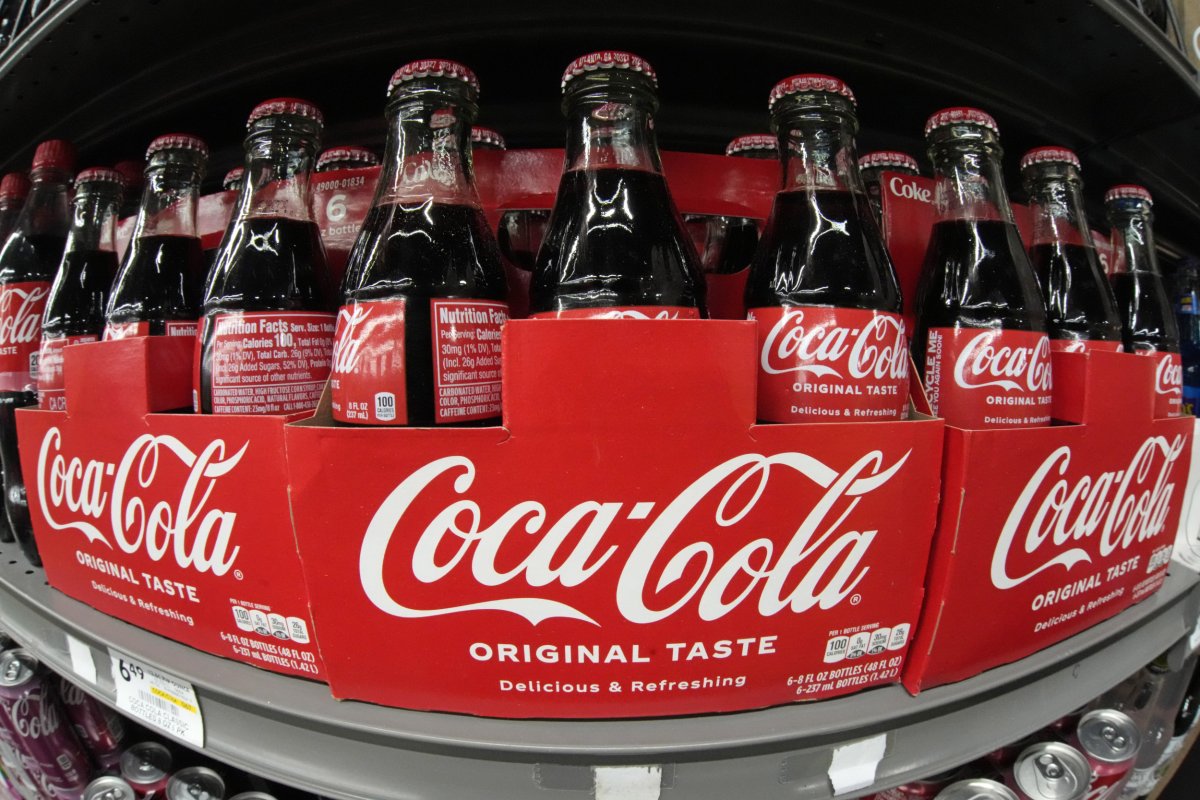Coca-Cola Co. reported a decline in revenue for the third quarter as global sales volumes remained flat or decreased.
Despite this, the Atlanta-based beverage giant managed to exceed Wall Street expectations, projecting a full-year organic revenue growth of 10 percent, reaching the higher end of its earlier guidance.
Revenue declines yet above forecasts
Coca-Cola's revenue dropped 1 percent to $11.9 billion, surpassing analysts' expectations of $11.6 billion, according to data from FactSet. The revenue decline reflects the challenges the company faces in a fluctuating market.
The company implemented a price hike of 10 percent during the July to September period, driven partly by hyperinflation in regions like Argentina.
Since late 2020, Coca-Cola has consistently raised prices each quarter, affecting consumer demand.

Volume decrease signals consumer pressure
Despite higher prices, unit case volume fell 1 percent for the quarter. While Coca-Cola Zero Sugar saw an increase in demand of 11 percent, other product categories, including juice, dairy, water, sports drinks and coffee, experienced declines.
Coca-Cola Chairman and CEO James Quincey noted the economic pressure affecting sales.
"There's clearly parts of the consumer landscape where there's pressure on disposable income," he said during a conference call with investors.
To counteract this, the company is focusing on affordability by introducing smaller pack sizes and refillable bottles in select markets.
Newsweek has reached out to the Coca-Cola company for comment via email.
Looking ahead: Price increases and volume growth
Quincey anticipates continued inflation in labor, packaging and commodity costs in the coming year but expects smaller price hikes along with a potential return to volume growth.
He mentioned that some volume losses in the third quarter were likely temporary, such as the downturn in demand in India because of adverse weather conditions. The company is actively exploring new product innovations and marketing strategies to rekindle consumer interest, especially in struggling categories.
Coca-Cola aims to leverage its extensive distribution network to introduce limited-time offers and seasonal products, enhancing its market presence and appealing to various consumer preferences.
In North America, unit case volume remained flat in the third quarter, with growth in brands like Fairlife milk and trademark Coca-Cola being offset by lower sales of water and sports drinks.
Similarly, volume was flat in Latin America, while sales decreased by 2 percent in Asia and the Europe, Middle East and Africa regions. Following the earnings report, Coca-Cola shares fell by 2 percent in early trading on Wednesday.
Despite the challenges, the company remains optimistic about its strategic direction and long-term growth potential, planning to adapt and thrive amid changing market conditions.
This article includes reporting from The Associated Press.

















:quality(85):upscale()/2024/04/24/878/n/3019466/36c5693c662965c5d1ce91.72473705_.jpg)


 English (US) ·
English (US) ·